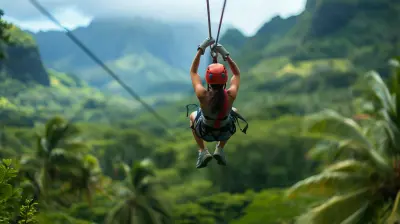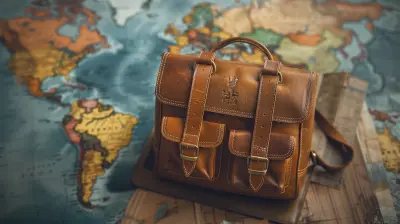Unlocking Creative Potential: How to Use Minimalist Photography on Your Travels
22 August 2025
Ever felt like your travel photos are noisy, cluttered, or just plain uninspired? Like you're taking shots that are technically good, but they somehow don’t move you—or anyone else—for that matter?
Well, welcome to the art of saying more with less. Minimalist photography might just be the creative breakthrough your travel memories need. It's not just a style—it's a philosophy. And once you get the hang of it, it’ll change the way you see the world, camera or not.
Let’s deep dive into how this understated yet powerful approach to photography can unlock a fresh wave of creativity during your adventures.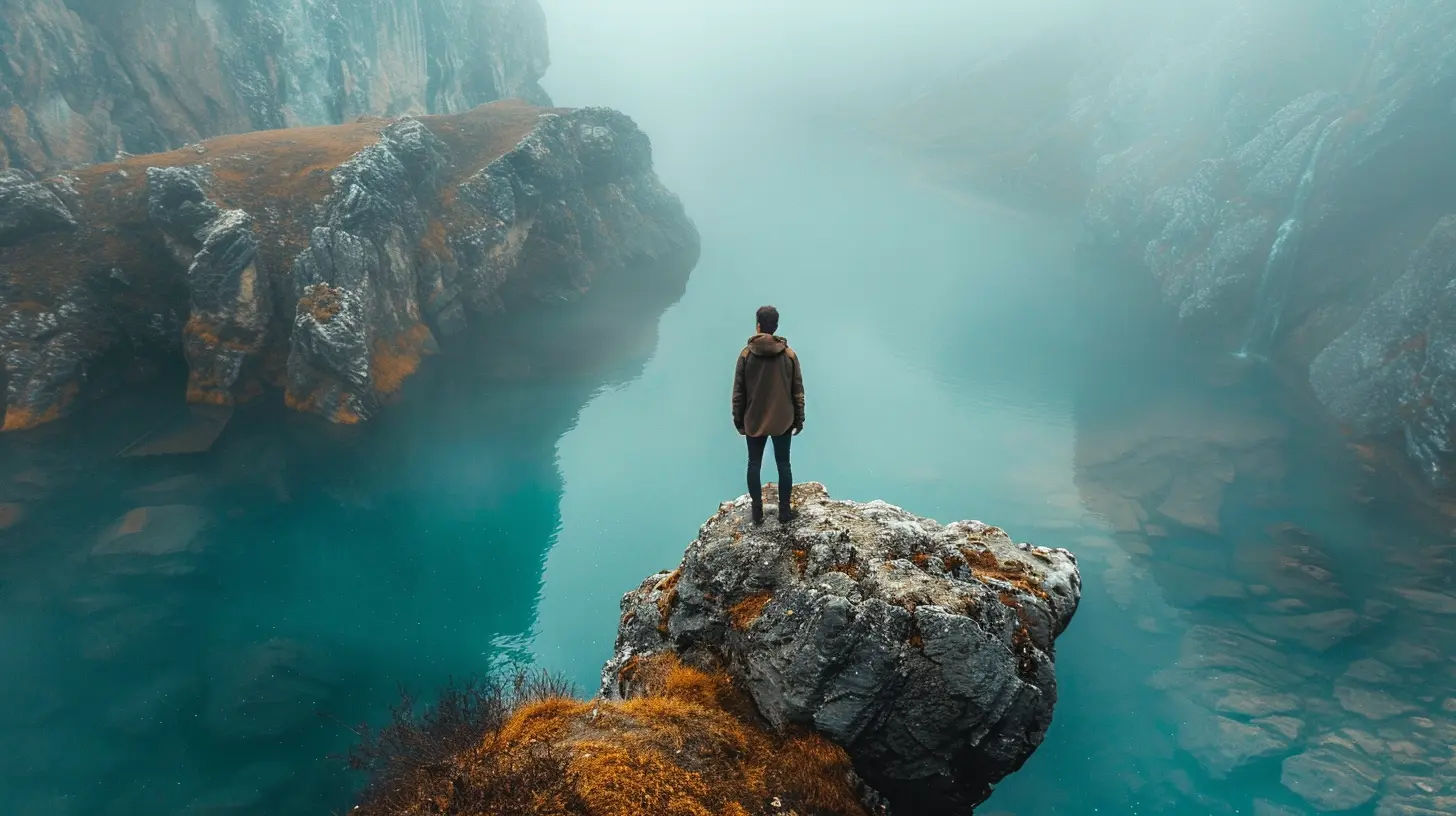
What Is Minimalist Photography, Anyway?
Think of minimalist photography as the quiet whisper in a world full of screaming images. It’s all about stripping your photo down to the essentials—focusing on one subject, using clean lines, negative space, and soft colors.It’s kind of like poetry with visuals. Every element in the frame matters. There’s no fluff, no noise, and definitely no distractions.
You don’t need a fancy DSLR. Heck, your smartphone will do the job just fine. What matters is how you see.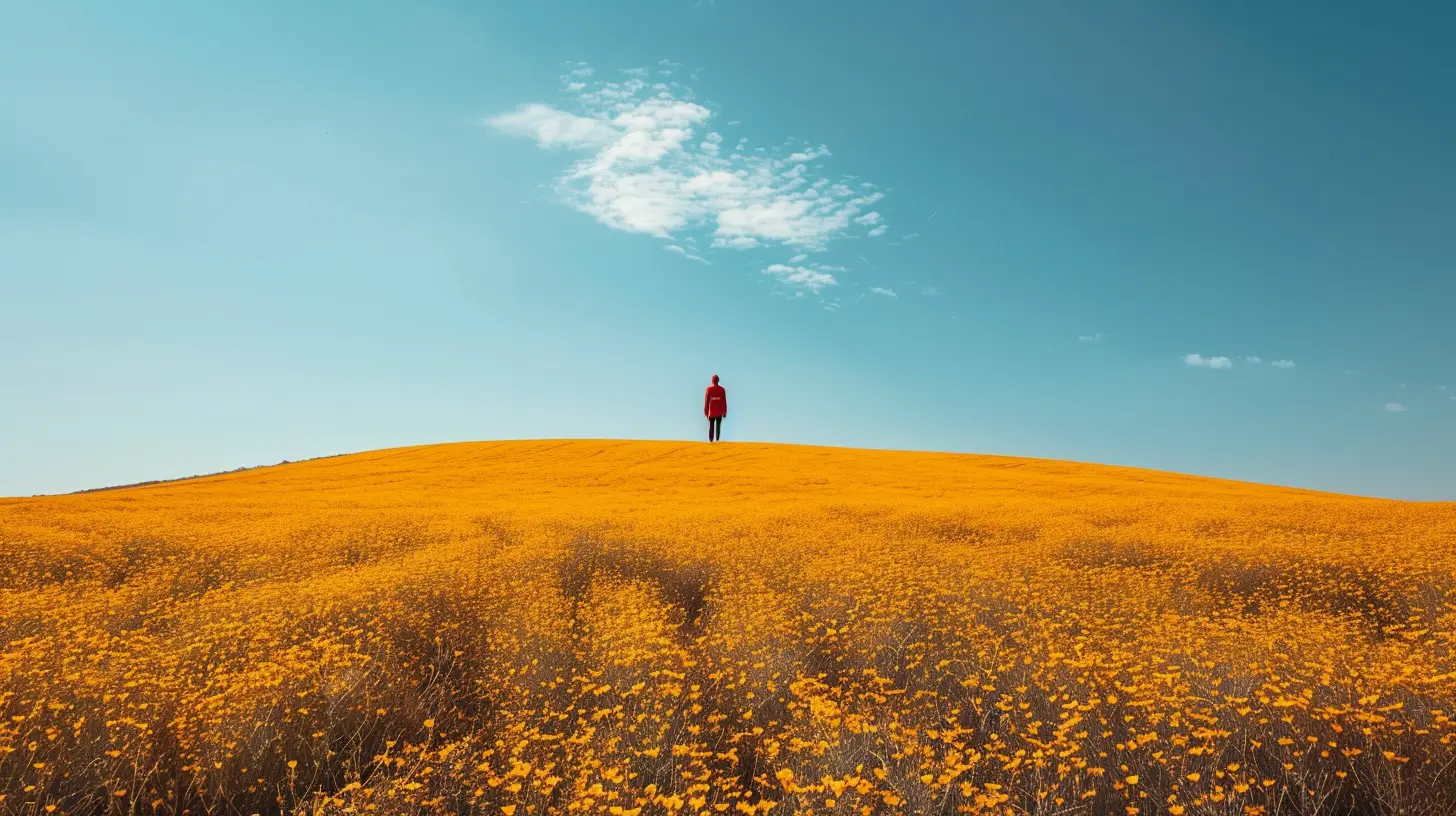
Why Go Minimalist When You’re Traveling?
You might wonder—why go minimalist in a place bursting with color, culture, and chaos? Isn’t travel photography about capturing everything?Here’s the thing: while it's tempting to shoot every corner of Rome or Tokyo, sometimes less really is more. In a sea of overexposed, over-filtered travel shots populating your Instagram feed, a minimalist photo stands out like a whisper in a storm.
Minimalism forces you to slow down. To truly see a place. Not just through a viewfinder, but with your whole being.
And you know what? It feels like meditation with a camera.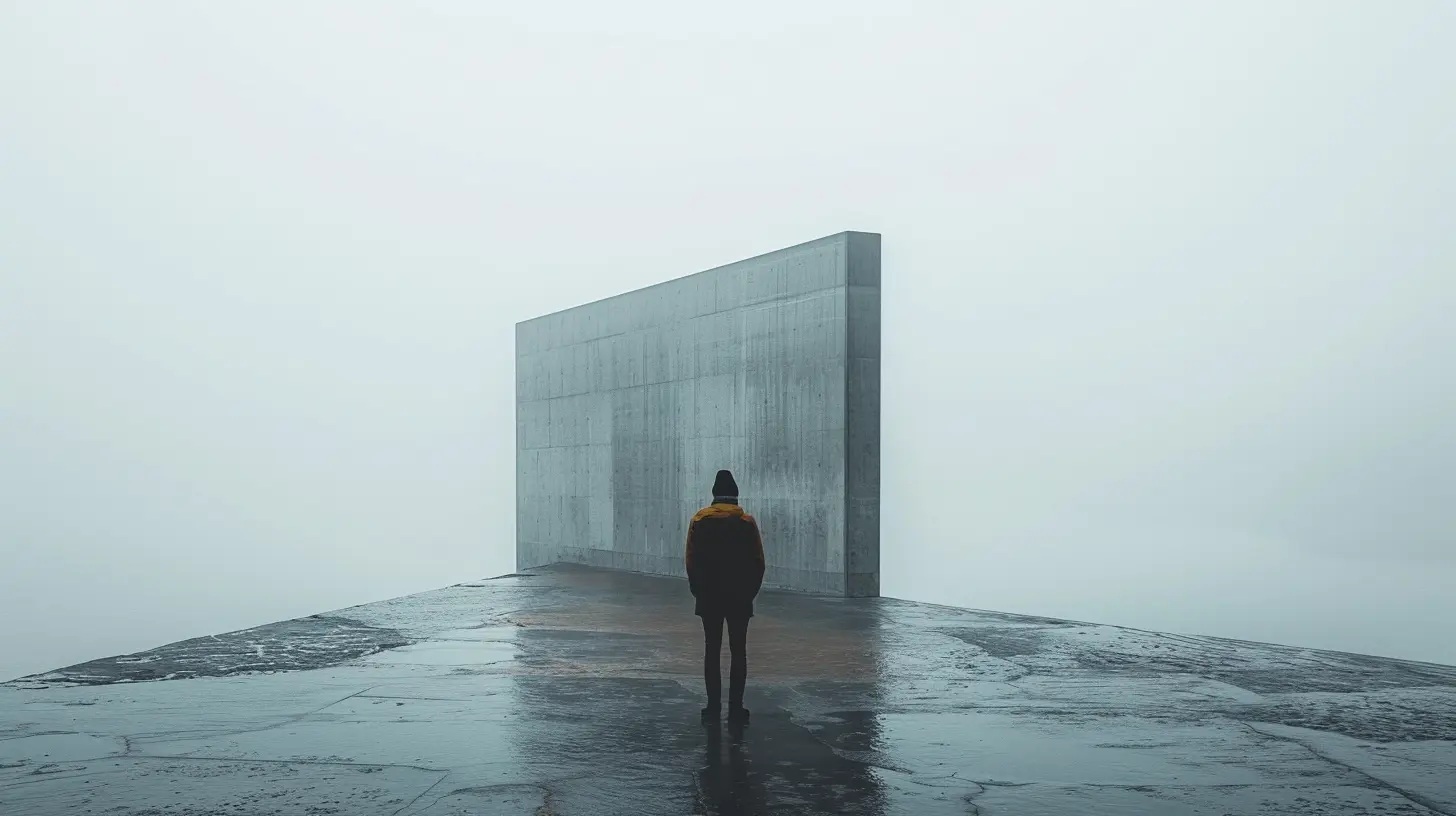
Unlocking Creative Potential Through Simplicity
Creativity often blooms when we limit ourselves. Weird, right?But think about it—when you have too many choices, it’s easy to get overwhelmed. By focusing on minimalism, you free your mind to experiment with composition, light, and texture.
Every small thing becomes a big deal—a cracked wall in Athens, a shadow on a Lisbon alleyway, an empty bench overlooking the Swiss Alps.
Minimalism trains your eye to find beauty in the mundane. And that, my friend, is a creative superpower.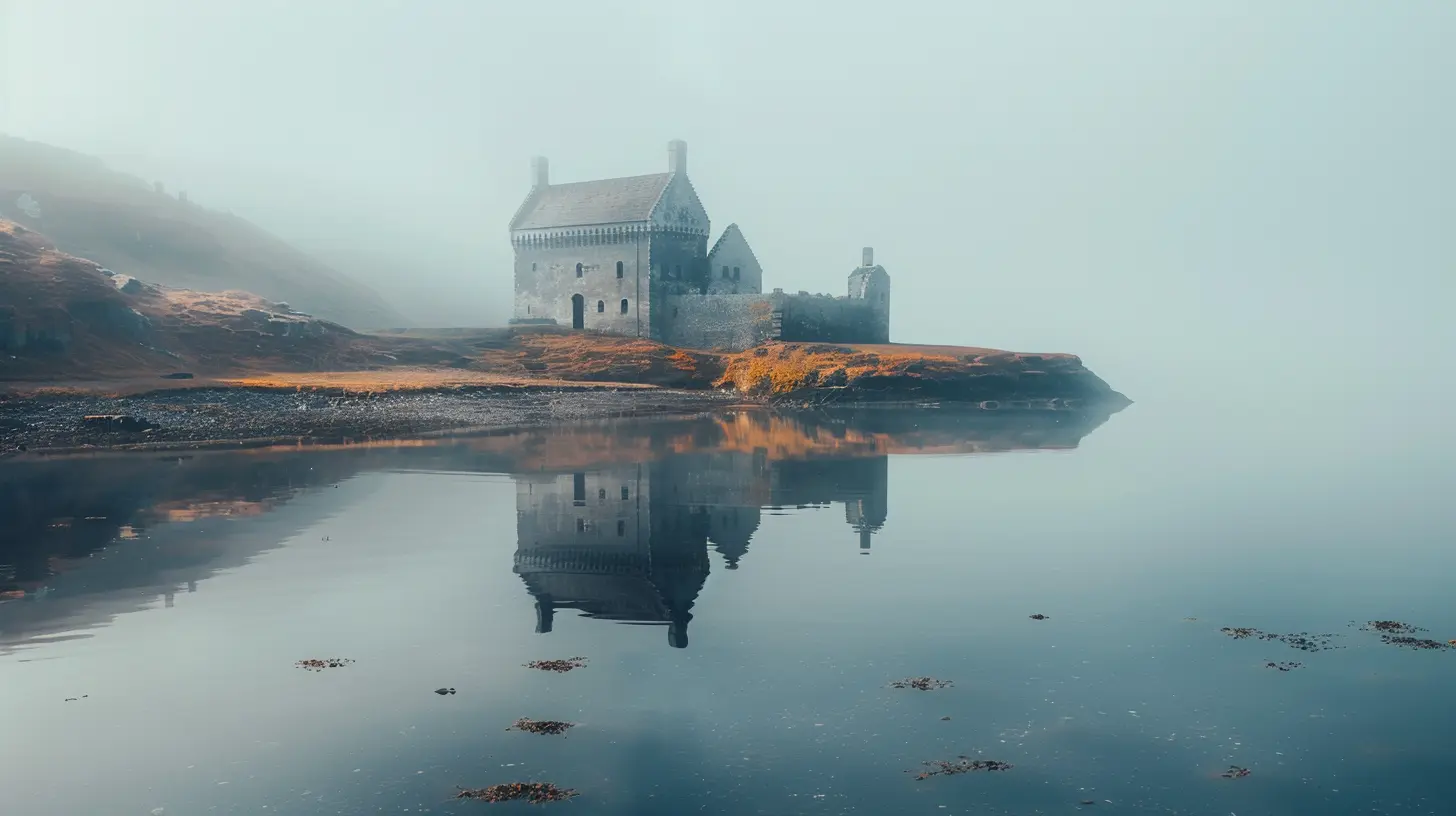
The Golden Rules of Minimalist Travel Photography
Sure, there’s room for breaking rules, but it helps to know them first. Let’s talk about some principles that’ll guide your minimalist journey.1. Embrace Negative Space
Negative space is your best friend. It’s the empty part of your image that frames and emphasizes your subject.Imagine a bright red umbrella against a snow-white backdrop. The space around the umbrella tells the story. It’s a visual breath of fresh air.
2. Focus on One Subject
One subject, one frame. That’s the minimalist mantra.Whether it’s a single cactus in the desert or a lone boat on the sea, make it the hero of your photo. Let your viewer know exactly what to look at—and feel.
3. Find Clean Lines and Symmetry
Minimalist shots often feature smooth lines and balanced symmetry. Think modern architecture, deserted roads, or even a calm beachfront horizon.Keep an eye out for geometric shapes—they're everywhere if you just look up (or down!).
4. Use Natural Light Wisely
In minimalist photography, you don't hide behind filters. So light becomes your brushstroke.Let shadows play. Let the golden hour cast its magic. Even overcast skies can create a soft, moody minimalism that’s pure drama.
5. Keep Colors Simple
Stick with a very limited color scheme. Sometimes black and white works wonders. Other times, one pop of color against neutrals brings your photo to life.Take it as a challenge: how can you say more with fewer colors?
Best Destinations for Minimalist Travel Photography
Let’s be real—not all travel destinations scream minimalism. But some absolutely lend themselves to this style.Here’s a peek at a few minimalist-friendly spots around the globe:
Iceland: Land of Contrast
With its black sand beaches, misty waterfalls, and icy glaciers, Iceland is a dreamscape for minimalist shooters. The dramatic “less-is-more” vibe is built right into the landscape.Japan: Zen in Every Frame
From traditional temples to ultra-modern cityscapes, Japan is a playground of clean lines, symmetry, and cultural minimalism. Even the cherry blossoms scattered in a blank sky feel poetic.Morocco: Earthy Tones and Textures
Think muted walls, sweeping deserts, and intricate tiles. Morocco’s minimalism is rich and raw—perfection in imperfection.The Nordic Countries: The Subtle North
Places like Norway, Finland, and Sweden are a lesson in minimalist design… and photography. Snowy expanses, foggy forests, and quiet waterscapes are practically begging to be captured.Tools of the Trade (Hint: You Already Own Them)
Here’s the good news—you don’t need a bulky camera bag or high-end gear to start. In fact, minimalist photography thrives on simplicity—which aligns beautifully with traveling light.Smartphone Camera
Modern phones have excellent cameras. Use manual mode if available so you can control focus and exposure. Apps like Lightroom Mobile help with subtle post-editing.A Tripod (Optional but Handy)
For those long exposures or perfectly symmetrical sunrise shots, a compact travel tripod is worth the carry-on space.Editing Apps
Stick to basic editing. Minimalism isn't about heavy filters. Think brightness, contrast, maybe a touch of sharpening. Lightroom, Snapseed, or even your phone’s basic editor will do just fine.How to Train Your Eye for Minimalism
Seeing minimalism isn’t automatic—it takes a bit of re-wiring your visual instincts. But once you start, it’s hard to go back.Practice With Constraints
Give yourself a creative limitation: “Today, I’ll only shoot white things,” or “I’ll only photograph shadows.” This forces you to look deeper.Look for Isolation
Keep an eye out for solo subjects—a person at a bus stop, a bird on a wire, a single chair in an empty room. These moments are pure minimalist gold.Think in Shapes, Not Objects
Instead of looking for things, look for shapes—circles, triangles, symmetry. Even a puddle on the ground can be striking if framed right.Minimalist Storytelling: Say More With Less
Minimalism isn't just visual—it’s deeply emotional.One lone pair of footprints in the sand can evoke feelings of solitude, adventure, or longing. A child’s hand gripping a balloon against a blue sky? Pure joy.
Every minimalist photo begs a story. And the best part? Viewers get to bring their own imagination. That’s powerful storytelling right there.
The Joy of Letting Go: Photography as Mindfulness
Travel can be hectic—you’re hopping trains, navigating new cities, ticking off bucket lists. Minimalist photography invites you to slow down, take a breath, and really be in the moment.It turns your camera into a mindfulness tool. You’re not just capturing life—you’re living it, deeply and intentionally.
And honestly, isn’t that what great travel is all about?
Final Thoughts: Start Small, Think Big
You don’t have to be a photography guru or globe-trotting influencer to benefit from minimalist travel photography. Start with wherever you are—even your backyard can offer hidden beauty when viewed through a minimalist lens.Travel is full of moments, not monuments. And sometimes, a quiet, simple image can speak louder than a thousand busy postcards.
So next time you’re on the road, take a moment. Breathe in. Look around. And snap that one, quiet photo that says everything, without saying too much.
Your Minimalist Photography Checklist
Before we wrap, here’s a quick recap to keep in your back pocket:- ✅ Use Negative Space Generously
- ✅ Focus on One Subject Per Frame
- ✅ Look for Clean Lines and Symmetry
- ✅ Embrace Natural Lighting Conditions
- ✅ Limit Your Color Palette
- ✅ Train Your Eye through Practice
- ✅ Tell a Story with Each Shot
- ✅ Edit Lightly and Intentionally
Less really is more. Now go make it beautiful.
all images in this post were generated using AI tools
Category:
Travel PhotographyAuthor:

Pierre McKinney
Discussion
rate this article
1 comments
Petra McElveen
Pack light, shoot bright! Embrace minimalism on your travels to capture stunning moments with fewer distractions. Let your creativity shine as you unveil the beauty hidden in simplicity—your camera and imagination are ready for adventure!
August 26, 2025 at 2:54 PM

Pierre McKinney
Thank you for your insightful comment! Embracing minimalism truly enhances creativity and allows us to focus on the beauty in simplicity. Happy travels and happy shooting!

